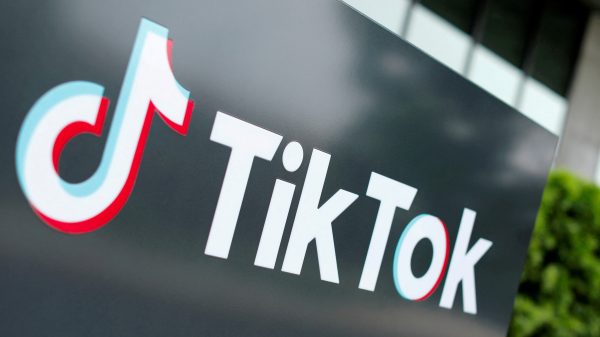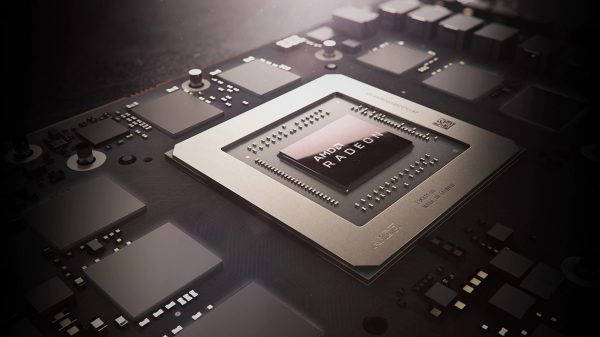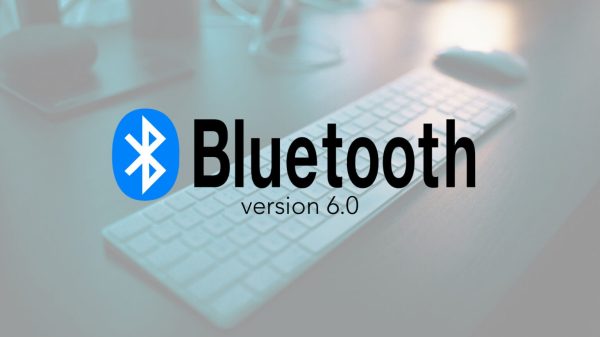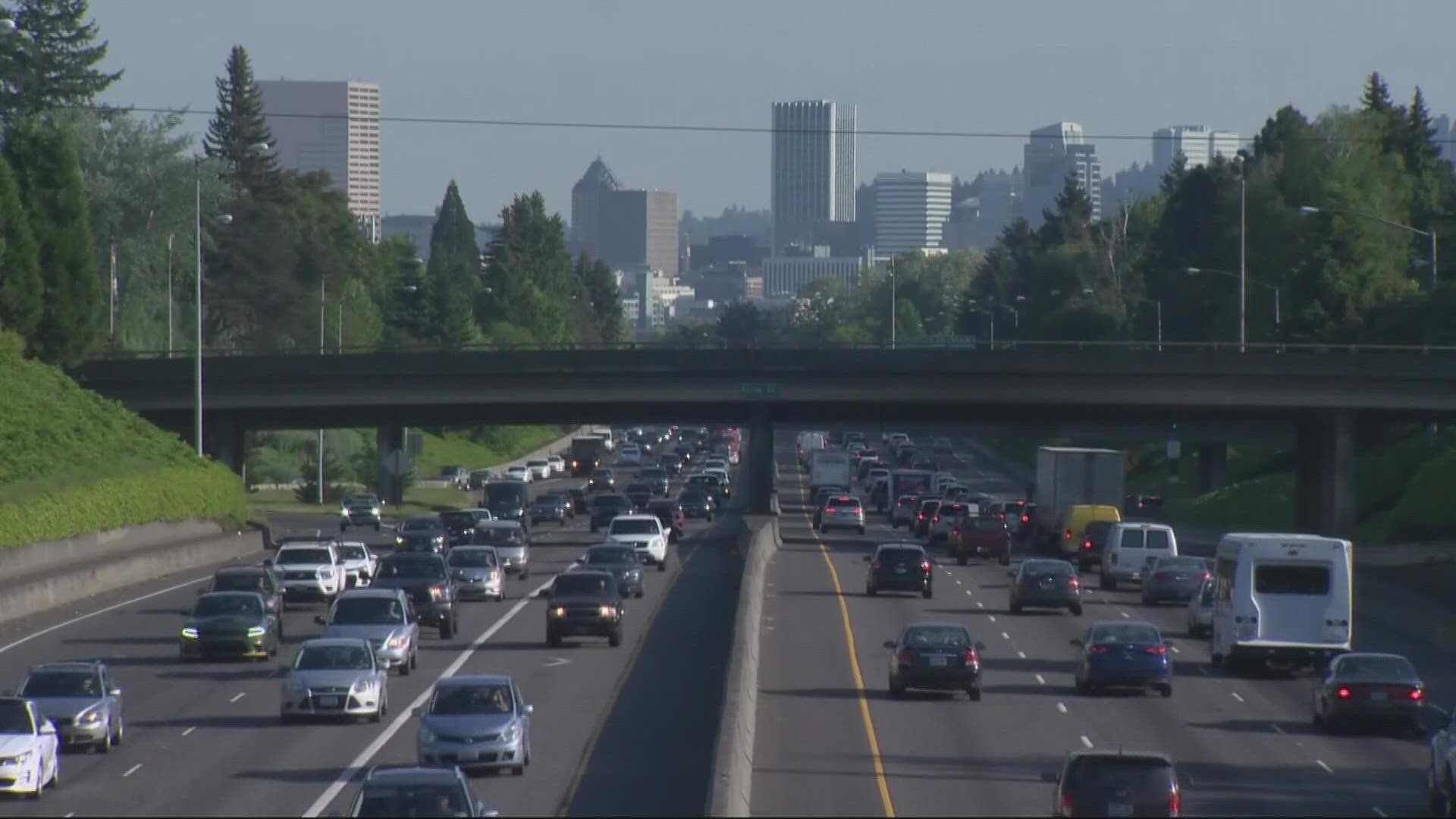The U.S. Department of Transportation (DoT) has introduced a comprehensive road safety plan aimed at reducing roadway fatalities to zero through the widespread deployment of vehicle-to-everything (V2X) technology.
This initiative is driven by the alarming statistic from the National Highway Traffic Safety Administration, which reported 40,990 deaths from motor vehicle crashes last year. V2X technology will enable vehicles to communicate with each other and with other road users such as pedestrians and cyclists, sharing essential data like position, speed, and road conditions to improve safety.
The V2X system is designed to enhance vehicle communication in challenging conditions, such as low visibility around corners or in dense fog. By allowing vehicles to exchange critical information in real time, the technology aims to prevent accidents and reduce the severity of collisions.
The DoT’s National V2X Deployment Plan emphasizes that smaller-scale implementations have already demonstrated notable safety improvements, with advocates believing that broader adoption could significantly decrease crash rates and impact severity.
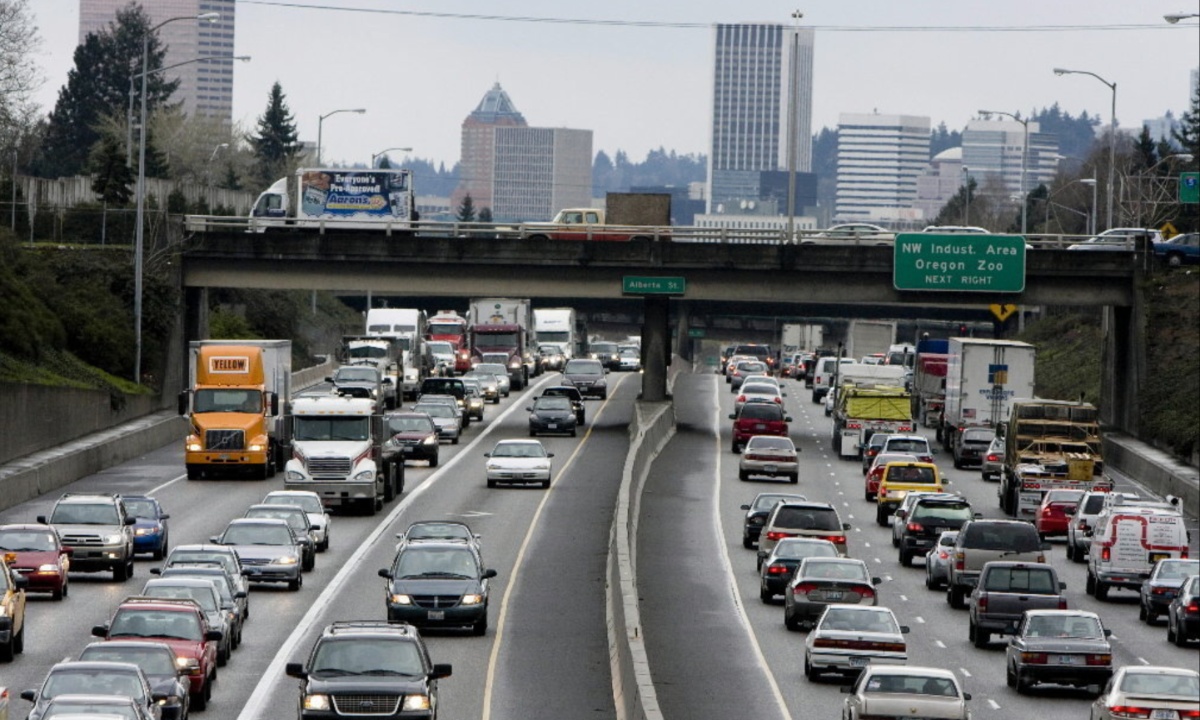
DoT Launches Plan to Achieve Zero Roadway Fatalities with Nationwide V2X Technology by 2036
The deployment of V2X technology is planned to occur in phases, with a target completion date of 2036. By 2028, the DoT aims to have V2X systems in place on 20% of the National Highway System and at 25% of signalized intersections in major metropolitan areas.
The ultimate goal is to achieve full V2X coverage across the National Highway System by 2036, including 85% of signalized intersections in the top 75 metro areas and ensuring that 20 vehicle models are equipped with V2X capabilities.
Implementing this technology will require collaboration among various stakeholders, including the Federal Communications Commission (FCC), automaker suppliers, freight operators, and app developers. One of the main challenges is ensuring cybersecurity and managing the costs associated with the deployment.
Despite these hurdles, the potential life-saving benefits of V2X technology are significant, with nearly $60 million in federal grants recently announced to support its rollout.
V2X technology is not entirely new; several automakers like Audi, Toyota, and Volkswagen have been working on similar systems.
Previous efforts to mandate vehicle-to-vehicle (V2V) communication were derailed during the Trump administration, but the current plan represents a renewed push for this technology. The DoT’s initiative is seen as a pivotal step forward, addressing past regulatory uncertainties and aiming to make a meaningful impact on road safety by leveraging advanced communication technology.










